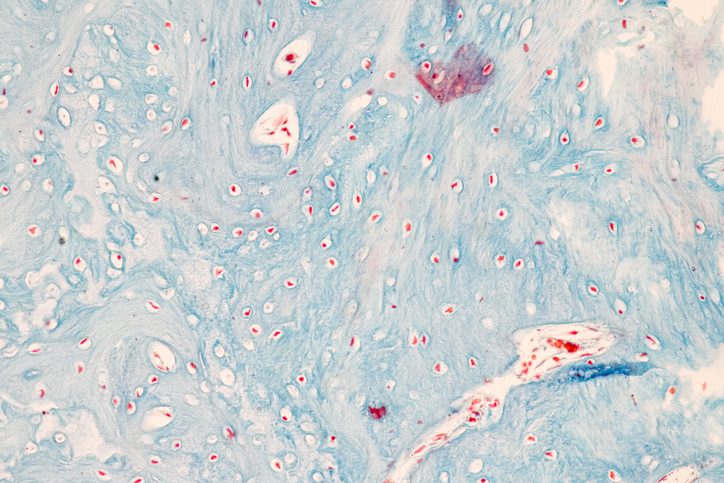Scientists at Tel Aviv University in collaboration with scientists at Harvard Medical School have developed a new gene therapy that restores hearing and balance in animals with mutations in a gene not previously targeted for this kind of treatment. The gene therapy, described in EMBO Molecular Medicine, targets the CLIC5 gene which maintains the structure and stability of sensory hair cells in the inner ear and employs an optimized AAV vector for delivery—self-complementary AAV (scAAV).
“The inner ear consists of two highly coordinated systems: the auditory system, which detects, processes, and transmits sound signals to the brain, and the vestibular system, which enables spatial orientation and balance,” said senior author Karen Avraham, PhD, dean of the Gray Faculty of Medical & Health Sciences, and a professor at Tel Aviv University. “A wide range of genetic variants in DNA can affect the function of these systems, leading to sensorineural hearing loss and balance problems. Indeed, hearing loss is the most common sensory impairment worldwide, with over half of congenital cases caused by genetic factors.”
AAV delivery of gene therapies for hearing loss are currently in clinical trials and show great promise. However, “this treatment constitutes an improvement over existing strategies, demonstrating enhanced efficiency and holds promise for treating a wide range of mutations that cause hearing loss,” the researchers stated.
Mutations in CLIC5 cause a rare form of hereditary deafness (DFNB103) and are associated with circling behavior and loss of balance in mice. CLIC5 encodes Chloride Intracellular Channel 5, a protein critical for stabilizing the hair cell’s stereocilia, the tiny, actin-based projections that convert sound and motion into electrical signals for the brain. When CLIC5 is deficient, the cilia degenerate, leading first to hearing loss and later to vestibular dysfunction.
To address this, the team developed two forms of gene delivery using AAV vectors: a single-stranded AAV (ssAAV) and a self-complementary AAV (scAAV). AAVs are widely used in gene therapy because of their safety, long-term expression, and ability to target specific cell types.
“Adeno-associated virus-based gene therapy offers a promising treatment paradigm for inner ear diseases; however, the genetic heterogeneity of hereditary deafness requires gene-specific strategies and optimization of current approaches to identify the range of treatable conditions and improve therapeutic outcomes,” the researchers wrote.
The (scAAV) delivery method was found to be particularly effective in this study and resulted in faster and more efficient transduction of hair cells compared with traditional other AAV methods of gene delivery, requiring a lower dose to achieve similar therapeutic effect.
To test this therapy, the researchers used mouse models lacking a functional CLIC5 gene. Both ssAAV and scAAV delivery restored CLIC5 expression in hair cells, prevented degeneration, and preserved normal hearing and balance. Importantly, the self-complementary vector achieved equivalent recovery at one-tenth the dose of the single-stranded version. “This reduction in dosing requirement suggests a promising therapeutic strategy, as lower vector doses inherently decrease risks such as immune activation and production challenges,” the researchers wrote.
Vestibular rescue in treated mice lasted up to 12 weeks, with durable restoration of balance behaviors. Hearing function also improved, though it declined slightly at high frequencies over time. The researchers noted that the difference might reflect developmental timing or variability in cochlear cell turnover. They also observed that restoring CLIC5 normalized the localization of other key proteins involved in stereocilia organization, further supporting the gene’s central role in maintaining hair cell stability.
The team noted that this was the first study to target the CLIC5 gene with gene therapy. Because human hearing loss linked to CLIC5 mutations emerges in early childhood rather than at birth, there is potential for there to be an extended therapeutic window for clinical intervention.
The researchers now plan to refine dosing regimens and assess long-term safety to prepare the therapy for in-human clinical testing. Further, the team believes that the efficiency of ssAAV could be used for the delivery of other genes that are known to cause hearing loss. While scAAV has a smaller genome capacity than ssAAV, there are as many as 30 genes associated with hearing loss that are small enough to fit within the scAAV vector.
“The main advantage of scAAV is its rapid expression, making it particularly suitable for models with a narrow intervention time frame,” the investigators noted.

